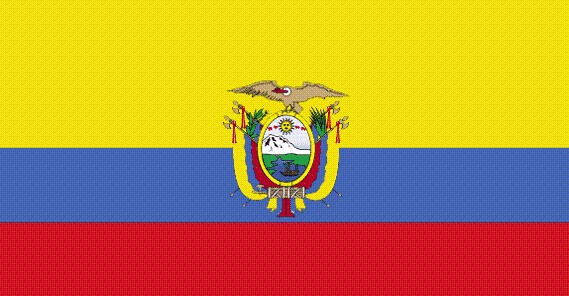Latina bloggers are a force to be reckoned with
They are Latinas. They are strong, modern, intelligent and love to share their opinions. They are constantly contributing to the blogosphere. They are the Latina bloggers.
And, LATISM (Latinos in Social Media), a non-profit organization that groups Latinos who actively participate online, has performed an invaluable survey of over 900 Latina bloggers and has shared these incredible insights with all of us.
Thank you, LATISM!!!

Perhaps reflecting the makeup of the larger Latino population, the great majority of participants were born in Mexico and the US
This is an excerpt from the LATISM survey on Latina bloggers (July 2010):
The world has certainly changed a lot since our “abuelitas” (grandmas) used to keep a secret dairy. Today’s Latinas are open-minded, opinionated and love to share their innermost thoughts online… in two different languages!
At the same time, while they have shed certain traditions, these independent heads of households have managed to tap into the gregarious aspect of our culture: the sense of community, which earned high marks as a main motivator to start posting.
They have succeeded at planting themselves right at the epicenter of merging worlds: between tradition and modernity, between English and Spanish, between American and Latino cultures.
The intrinsic characteristics of blogging, where the private becomes public and communities rally together around common interests, make it the perfect platform for the Latina Passion.
- The number of blogueras has been climbing steadily for the past 10 years but the numbers really skyrocketed last year: 63% started blogging in 2009 and it’s expected to continue climbing.
- Most feel being a Latina has helped them find sponsorships and readers but in general feel they get less opportunities compared to non-Latinas
- Young: The largest group is between 30 and 39
- Mothers: 83% has between 2 and 4 kids
- Heads of household: 70% is either single, divorced or separated
- Commitment:
- 75% blog two or more times a week
- 77% have invested in their own domain
- 98% plus are active in social media
- A surprising 72% blog primarily in English
- Mobile:
- 81% use their phone to tweet
- 90% use it for FB
- 93% use apps
You can access the full report here
Source: LATISM







